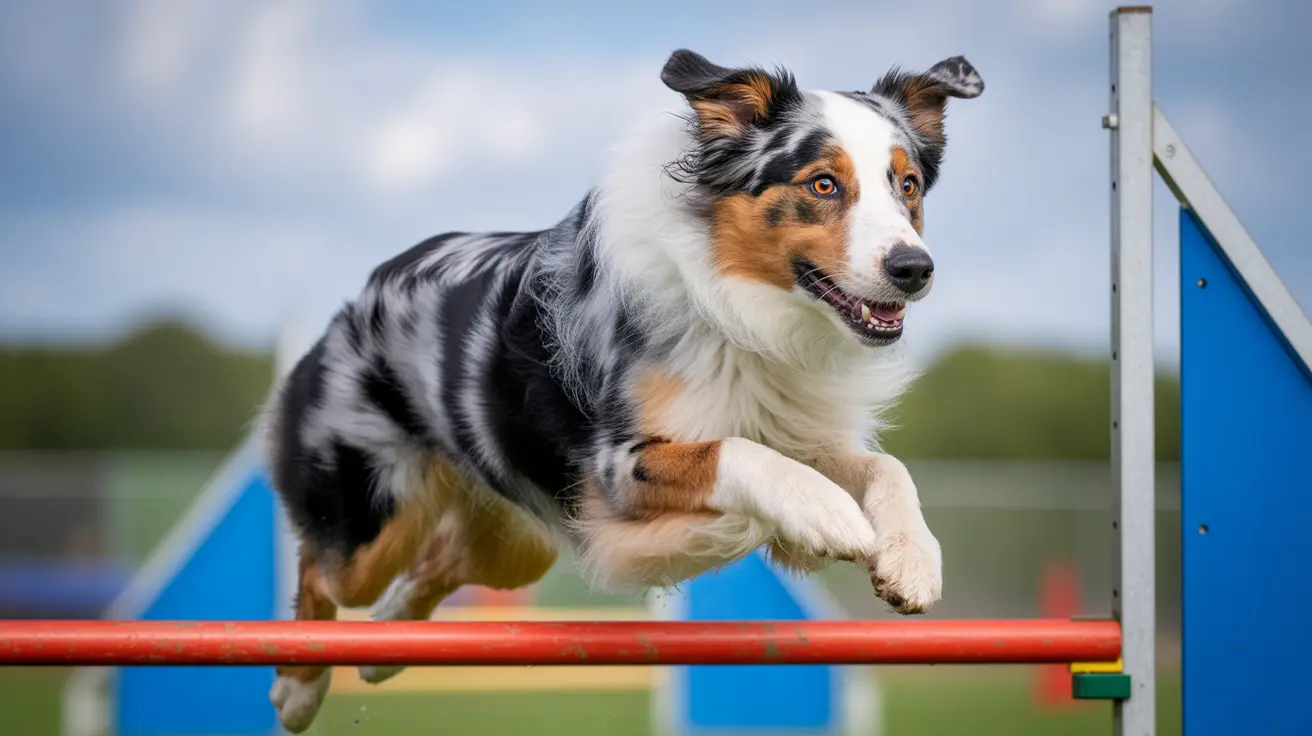Understanding the Duration and Impact of Hypertrophic Osteodystrophy (HOD) in Dogs
Hypertrophic osteodystrophy (HOD) is a developmental bone disorder that affects primarily fast-growing puppies of large and giant breeds. This painful and sometimes severe condition can cause concern for dog owners due to its clinical presentation and potential relapses. One of the most common questions is:
How long does HOD last in dogs?
What Is HOD?
Hypertrophic osteodystrophy is characterized by inflammation in the metaphyseal regions—the areas near the growth plates of long bones. It typically manifests in puppies aged
2 to 8 months, with a peak incidence between
3 to 5 months. The cause of HOD is not fully understood, though contributors may include genetics, nutritional imbalances, infection, and immune responses.
Duration of HOD in Dogs
HOD episodes are generally
self-limiting and typically last around
7 to 10 days. However, it’s important to note:
- Relapses can occur during growth periods—especially in breeds with prolonged skeletal development.
- Relapses may repeat until skeletal maturity is achieved, which is usually by 12 to 18 months of age depending on the breed.
- Severe cases may result in longer recovery times or chronic issues if not managed properly.
Signs and Symptoms
Signs may vary in severity and include:
- Pain and swelling at the metaphyses (especially in the limbs)
- Fever and lethargy
- Loss of appetite
- Lameness (often bilateral)
- Discharge from eyes or nose
- Reluctance to move or stand
In severe cases, puppies may refuse to walk and appear depressed or weak. Other signs can include diarrhea (sometimes bloody), inflamed genitalia, thickened paw pads, and even respiratory signs such as cough or pneumonia.
Diagnosis
Diagnosis is based on:
- Physical examination—swelling, pain, systemic illness
- Radiographs—identification of radiolucent lines near the growth plate (double physis) and periosteal reaction
- Blood tests to rule out other conditions
Differential diagnoses include panosteitis, septic arthritis, rickets, and osteomyelitis.
Treatment and Management
Treatment focuses on
supportive care and pain control:
- NSAIDs are used for mild to moderate cases.
- Corticosteroids may be required for severe or unresponsive cases, especially in breeds like the Weimaraner.
- Hospitalization with IV fluids and nutritional support for severe cases.
- Antibiotics to manage secondary infections if needed.
- Physical therapy and restricted activity to support recovery.
A proper diet is essential. Owners should avoid
excessive supplementation with vitamins and minerals, particularly calcium and fat-soluble vitamins like A and D.
Possible Complications
While many dogs recover without lasting effects, some may develop:
- Limb deformities due to damaged growth plates
- Chronic lameness
- Angular limb deformities like carpal valgus
These complications are rare and often manageable with early intervention.
Prognosis and Outlook
The general prognosis for HOD is good. Most puppies recover fully with appropriate care. However, relapses can be expected until the growth plates close. Skeletal maturity marks the end of vulnerability to new episodes.
Prevention Tips
Since the cause is multifactorial and not entirely understood, prevention focuses on minimizing potential risks:
- Feed a dedicated large or giant-breed puppy diet.
- Avoid supplementation unless advised by a veterinarian.
- Limit high-impact activities like jumping or long runs on hard surfaces.
- Provide soft bedding and a safe environment to reduce trauma.
When to See a Vet
If your puppy shows any signs of lameness, reluctance to move, or systemic illness, seek veterinary attention promptly. Early diagnosis and targeted care are key to a successful outcome.
Conclusion
HOD is a painful but typically self-resolving disease in growing dogs. Episodes last approximately
7–10 days, but relapses may occur until growth plates close. With early recognition and appropriate management, most affected dogs go on to lead healthy, active lives.





